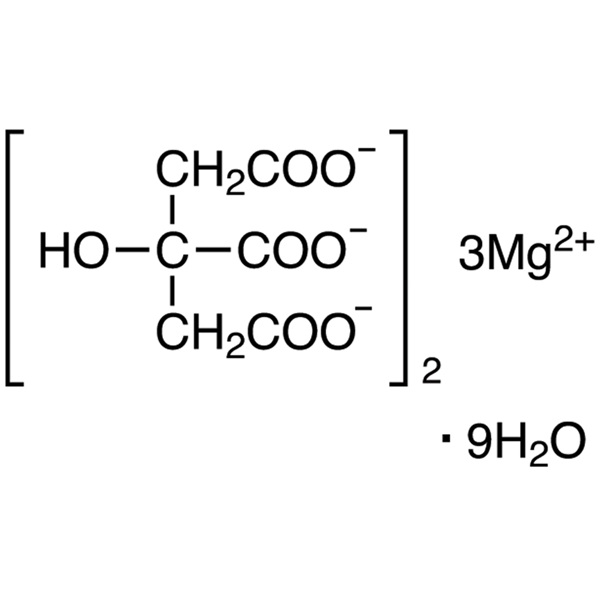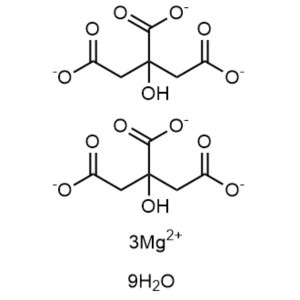Trimagnesium Dicitrate Nonahydrate CAS 153531-96-5 Magnesium (Mg) 14.5%~16.4%
Shanghai Ruifu Chemical Co., Ltd. is the leading manufacturer of Trimagnesium Dicitrate Nonahydrate (CAS: 153531-96-5) with high quality. Ruifu Chemical can provide worldwide delivery, competitive price, excellent service, small and bulk quantities available. Purchase, Please contact: alvin@ruifuchem.com
| Chemical Name | Trimagnesium Dicitrate Nonahydrate |
| Synonyms | Magnesium Citrate Tribasic Nonahydrate; Citric Acid Magnesium Salt; tri-Magnesium Dicitrate Nonahydrate |
| Stock Status | In Stock, Commercial Production |
| CAS Number | 153531-96-5 |
| Molecular Formula | C12H10Mg3O14·9H2O |
| Molecular Weight | 613.25 g/mol |
| Sensitive | Easily Absorbing Moisture |
| Solubility | Sparingly Soluble in Water, Practically Insoluble in Ethanol (96 percent). It Dissolves in Dilute Hydrochloric Acid. |
| COA & MSDS | Available |
| Sample | Available |
| Place of Origin | Shanghai, China |
| Brand | Ruifu Chemical |
| Items | Specifications | Results |
| Appearance | White or Yellowish Powder | Conforms |
| Magnesium (Mg) | 14.5%~16.4% (on the Dried Basis) | 15.4% |
| Chloride (Cl-) | ≤0.05% | 0.02% |
| Sulfate (SO42-) | ≤0.20% | 0.05% |
| Heavy Metals (Pb) | ≤0.005% | <0.005% |
| Arsenic (As2O3) | ≤0.0003% | <0.0003% |
| Calcium (Ca) | ≤1.0% | 0.5% |
| Iron (Fe) | ≤0.02% | 0.008% |
| Loss on Drying | ≤29.0% | 25.1% |
| pH (50 mg/mL) | 5.0~9.0 | 8.68 |
| Organic Volatile Impurities | Pass Test | Pass Test |
| Conclusion | This product by inspection accords with the standard USP35 | |
Package: Bottle, 25kg/Cardboard drum, 25kg paper bag, or according to customer's requirement.
Storage Condition: Keep the container tightly closed and store in a cool, dry and well-ventilated, clean warehouse away from incompatible substances. Protect from light and moisture. And should be loaded and transported lightly to prevent damage to the package, damp and heat, rain and damp in the process of transportation, and should be isolated from toxic substances.
Shipping: Deliver to worldwide by air, by FedEx / DHL Express. Provide fast and reliable delivery.
Magnesium Citrate
C12H10Mg3O14 451.11
Magnesium Citrate (3:2) [3344-18-1].
DEFINITION
Magnesium Citrate contains NLT 14.5% and NMT 16.4% of Magnesium (Mg), calculated on the dried basis.
IDENTIFICATION
• A. Identification Tests-General, Magnesium <191>
Sample: 10 mg/mL
Acceptance criteria: Meets the requirements
• B. Identification Tests-General, Citrate <191>
Sample: 80 mg/mL
Acceptance criteria: Meets the requirements
ASSAY
• Procedure
Sample: 400 mg
Analysis: Dissolve the Sample in 50 mL of water. Add 20 mL of ammonia–ammonium chloride buffer TS and 0.1 mL of eriochrome black TS. Titrate with 0.05 M edetate disodium VS to a blue endpoint. Perform a blank determination (see Titrimetry 541), and make any necessary correction. From the volume of 0.05 M edetate disodium consumed, deduct the volume of 0.05 M edetate disodium corresponding to the amount of calcium in the portion of Magnesium Citrate taken, based on the amount of calcium found in the test for Limit of Calcium. Each mg of Ca is equivalent to 0.25 mL of 0.05 M edetate disodium. The difference is the volume of 0.05 M edetate disodium consumed by the magnesium. Each mL of 0.05 M edetate disodium is equivalent to 1.215 mg of Mg.
Acceptance criteria: 14.5%-16.4% on the dried basis
IMPURITIES
• Chloride and Sulfate, Chloride <221>
Sample: 300 mg
Acceptance criteria: It shows no more chloride than corresponds to 0.20 mL of 0.020 N hydrochloric acid (0.05%).
• Chloride and Sulfate, Sulfate <221>
Sample: 100 mg
Acceptance criteria: It shows no more sulfate than corresponds to 0.20 mL of 0.020 N sulfuric acid (0.2%).
• Arsenic, Method I <211>: NMT 3 ppm
• Heavy Metals, Method I <231>
Test preparation: Dissolve 0.4 g in 25 mL of water, and proceed as directed in the chapter, except use glacial acetic acid to adjust the pH.
Acceptance criteria: NMT 50 ppm
• Iron <241>
Test preparation: Boil 50 mg with 5 mL of 2 N nitric acid for 1 min. Cool, dilute with water to 45 mL, and add 2 mL of hydrochloric acid.
Acceptance criteria: NMT 200 ppm
• Limit of Calcium
[Note-A commercially available atomic absorption standard solution for calcium may be used where preparation of a calcium standard stock solution is described below. Concentrations of the Standard solutions and the Sample solution may be modified to fit the linear or working range of the instrument. ]
Dilute hydrochloric acid: Dilute 100 mL of hydrochloric acid with water to 1000 mL.
Lanthanum solution: To 58.65 g of lanthanum oxide add 400 mL of water, and add, gradually with stirring, 250 mL of hydrochloric acid. Stir until dissolved, and dilute with water to 1000 mL.
Standard solutions: Transfer 249.7 mg of calcium carbonate, previously dried at 300 for 3 h and cooled in a desiccator for 2 h, to a 100-mL volumetric flask. Dissolve in a minimum amount of hydrochloric acid, and dilute with water to volume. Transfer 1.0, 5.0, 10.0, and 15.0 mL of this stock solution to separate 1000-mL volumetric flasks, each containing 20 mL of Lanthanum solution and 40 mL of Dilute hydrochloric acid. Dilute with water to volume. These Standard solutions contain 1.0, 5.0, 10.0, and 15.0 µg/mL of calcium, respectively.
Sample solution: Transfer 250 mg of Magnesium Citrate to a beaker, add 30 mL of Dilute hydrochloric acid, and stir until dissolved. Transfer the solution to a 200-mL volumetric flask containing 4 mL of Lanthanum solution, and dilute with water to volume.
Blank solution: Transfer 4 mL of Lanthanum solution and 10 mL of Dilute hydrochloric acid to a 200-mL volumetric flask, and dilute with water to volume.
Instrumental conditions
(See Spectrophotometry and Light-Scattering <851>.)
Mode: Atomic absorption spectrophotometry
Analytical wavelength: Calcium emission line at 422.7 nm
Lamp: Calcium hollow–cathode
Flame: Nitrous oxide–acetylene
Analysis
Samples: Standard solutions, Sample solution, and Blank solution
Determine the concentration, C, in µg/mL, of calcium in the Sample solution using the calibration graph.
Calculate the percentage of calcium in the portion of Magnesium Citrate taken:
Result = (V/W × C × F) × 100
V = volume of the Sample solution (mL)
W = weight of Magnesium Citrate taken (mg)
C = concentration of calcium in the Sample solution (µg/mL)
F = conversion from µg/mL to mg/mL, 0.001
Acceptance criteria: NMT 1.0% on the dried basis
SPECIFIC TESTS
• pH 791: 5.0~9.0, in a suspension (50 mg/mL)
• Loss on Drying <731> Dry 1 g in a mechanical convection oven at 135 for 16 h, then to constant weight: it loses NMT 29% of its weight, except that where it is labeled as anhydrous, it loses NMT 2.0% of its weight.
ADDITIONAL REQUIREMENTS
• Packaging and Storage: Preserve in tight containers.
• Labeling: Magnesium Citrate that loses NMT 2.0% of its weight in the test for Loss on Drying may be labeled as Anhydrous Magnesium Citrate.
How to Purchase? Please contact Dr. Alvin Huang: sales@ruifuchem.com or alvin@ruifuchem.com
15 Years Experience? We have more than 15 years of experience in the manufacture and export of a wide range of high quality pharmaceutical intermediates or fine chemicals.
Main Markets? Sell to domestic market, North America, Europe, India, Korea, Japanese, Australia, etc.
Advantages? Superior quality, affordable price, professional services and technical support, fast delivery.
Quality Assurance? Strict quality control system. Professional equipment for analysis include NMR, LC-MS, GC, HPLC, ICP-MS, UV, IR, OR, K.F, ROI, LOD, MP, Clarity, Solubility, Microbial limit test, etc.
Samples? Most products provide free samples for quality evaluation, shipping cost should be paid by customers.
Factory Audit? Factory audit welcome. Please make an appointment in advance.
MOQ? No MOQ. Small order is acceptable.
Delivery Time? If within stock, three days delivery guaranteed.
Transportation? By Express (FedEx, DHL), by Air, by Sea.
Documents? After sales service: COA, MOA, ROS, MSDS, etc. can be provided.
Custom Synthesis? Can provide custom synthesis services to best fit your research needs.
Payment Terms? Proforma invoice will be sent first after confirmation of order, enclosed our bank information. Payment by T/T (Telex Transfer), PayPal, Western Union, etc.
Hazard Symbols Xi - Irritant
Risk Codes
36/37/38 - Irritating to eyes, respiratory system and skin.
Safety Description
S26 - In case of contact with eyes, rinse immediately with plenty of water and seek medical advice.
S36 - Wear suitable protective clothing.
WGK Germany 3
RTECS TZ8552900
HS Code 2918150000
Trimagnesium Dicitrate Nonahydrate (CAS: 153531-96-5) is used as food additive, nutrient and normal saline aperient. Nutriton enhancer, food grade. In food, pharmaceutical, and daily chemical industries, it is used as additives. Analytical reagent. Trimagnesium Dicitrate Nonahydrate is widely used in pharmaceuticals and plays an important role in regulating the neuromuscular activity of the heart and the process of sugar conversion to energy. It is also necessary for the metabolism of vitamin C. 
1. Magnesium helps to regulate calcium transport and absorption.
2. By stimulating the secretion of calcitonin, it aids the influx of calcium into bone and promotes optimal bone mineralization.
3. Along with ATP, magnesium supports cellular energy production.
4. It also promotes nerve and muscle function.
5. This formulation offers Vitamin B6 to support the assimilation and activity of magnesium in the body.
-
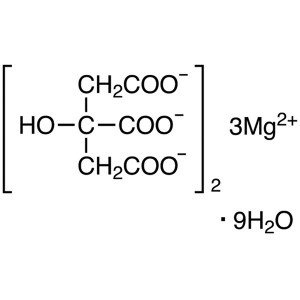
Trimagnesium Dicitrate Nonahydrate CAS 153531-9...
-
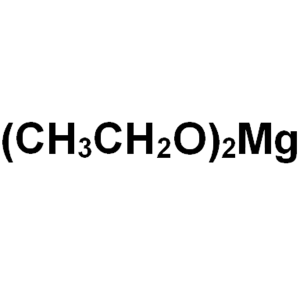
Magnesium Ethoxide CAS 2414-98-4 Mg 21.0~22.0% ...
-
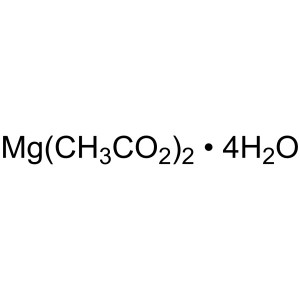
Magnesium Acetate Tetrahydrate CAS 16674-78-5 P...
-
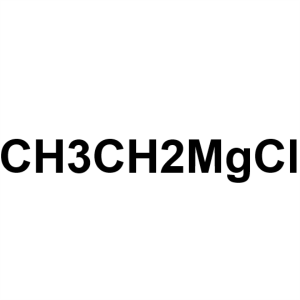
Ethylmagnesium Chloride CAS 2386-64-3 (ca. 18% ...
-
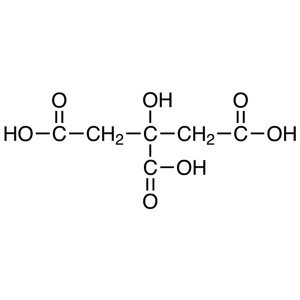
Citric Acid Anhydrous CAS 77-92-9 Assay 99.5~10...
-
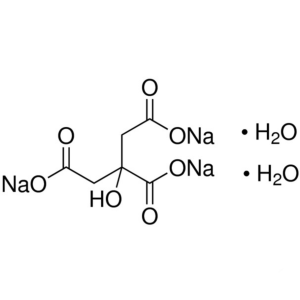
Sodium Citrate Dihydrate CAS 6132-04-3 Purity >...
-
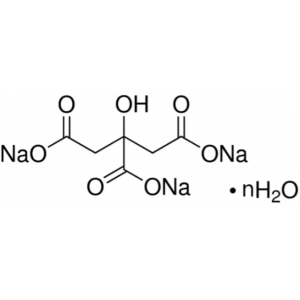
Sodium Citrate Tribasic Hydrate CAS 6858-44-2 P...
-
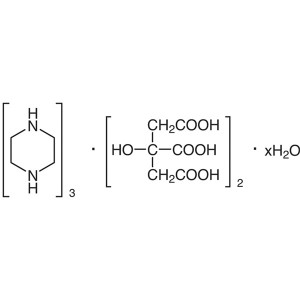
Piperazine Citrate Hydrate CAS 144-29-6 Purity ...

